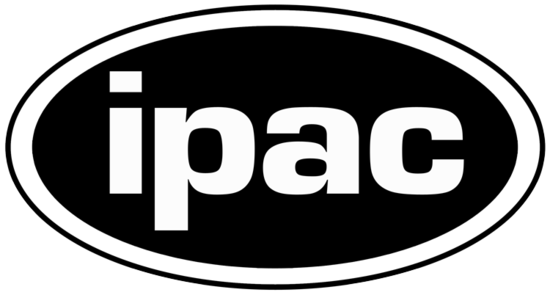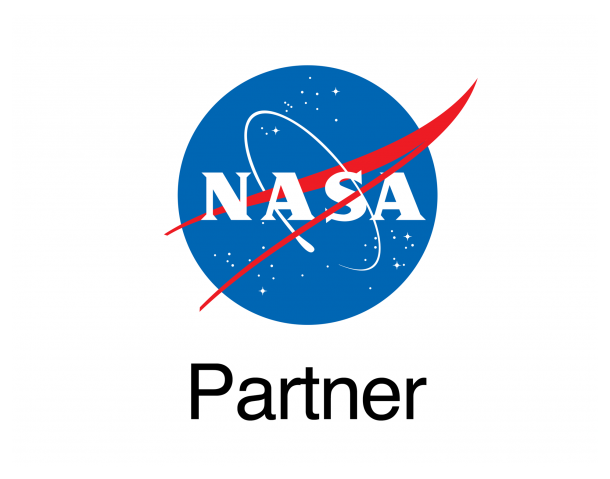Shrouded Starburst in the Galaxy Merger II Zw 096

spitzer_sig10-023a November 18th, 2010
Credit: NASA/JPL-Caltech/STScI/H. Inami (SSC/Caltech)
A brilliant burst of star formation is revealed in this image combining observations from NASA's Spitzer and Hubble Space Telescopes. The collision of two spiral galaxies, has triggered this luminous starburst, the brightest ever seen taking place far away from the centers, or nuclei, of merging galaxies.
The merging galaxies, known collectively as II Zw 096, can be clearly seen at shorter wavelengths of light from Hubble. Light spanning the far-ultraviolet through the near-infrared is rendered in blue hues.
The real action in this galactic train wreck jumps out in Spitzer's mid-infrared view, represented in red. The brightest glow is from a tiny region which may be as small as 700 light-years across - just a tiny portion of the full 50,000 light-year extent of II Zw 096. This region blasts out 80 percent of the infrared light from this galactic tumult. The surrounding shroud of dust renders the stars here nearly invisible in other wavelengths of light.
Researchers were surprised to see such a brilliant infrared glow in an area so far offset from the center of the merging spiral galaxy. Starbursts are often found crammed into the very centers of merging galaxies, but this is the brightest starburst ever seen outside a galaxy's nucleus. Based on Spitzer data, researchers estimate the starburst is cranking out stars at the breakneck pace of around 100 solar masses, or masses of our Sun, per year.
In this combined image, Hubble's far-ultraviolet and visible light at wavelengths of 0.15 and 0.44 microns is shown as blue, and the near infrared light at 0.9 microns is cyan. Spitzer's infrared light at 4.5 microns is represented by orange, and the mid-infrared light at 8.0 and 24 microns is red.
Provider: Spitzer Space Telescope
Image Source: https://www.spitzer.caltech.edu/image/sig10-023a-shrouded-starburst-in-the-galaxy-merger-ii-zw-096
Curator: Spitzer Space Telescope, Pasadena, CA, USA
Image Use Policy: Public Domain

- ID
- sig10-023a
- Subject Category
- C.5.1.7. C.5.1.1. C.5.3.3. C.5.5.1.
- Subject Name
- II Zw 096
- Credits
- NASA/JPL-Caltech/STScI/H. Inami (SSC/Caltech)
- Release Date
- 2010-11-18
- Lightyears
- 525,000,000
- Redshift
- 0.036
- Reference Url
- https://www.spitzer.caltech.edu/image/sig10-023a-shrouded-starburst-in-the-galaxy-merger-ii-zw-096
- Type
- Observation
- Image Quality
- Good
- Distance Notes
- Facility
- Hubble, Hubble, Hubble, Spitzer, Spitzer, Spitzer
- Instrument
- SBC, ACS, ACS, IRAC, IRAC, MIPS
- Color Assignment
- Blue, Blue, Cyan, Orange, Red, Red
- Band
- Ultraviolet, Optical, Infrared, Infrared, Infrared, Infrared
- Bandpass
- Far-UV, B-band, I-band, Near-IR, Mid-IR, Mid-IR
- Central Wavelength
- 140, 440, 900, 4500, 8000, 24000
- Start Time
- Integration Time
- Dataset ID
- Notes
- Coordinate Frame
- ICRS
- Equinox
- J2000
- Reference Value
- 314.3511966, 17.1278513
- Reference Dimension
- 1800.0, 1800.0
- Reference Pixel
- 880, 865
- Scale
- 1.38802e-05, 1.3880173e-05
- Rotation
- 0.04
- Coordinate System Projection:
- TAN
- Quality
- Full
- FITS Header
- Notes
- Creator (Curator)
- Spitzer Space Telescope
- URL
- http://www.spitzer.caltech.edu
- Name
- Telephone
- Address
- 1200 E. California Blvd.
- City
- Pasadena
- State/Province
- CA
- Postal Code
- 91125
- Country
- USA
- Rights
- Public Domain
- Publisher
- Spitzer Science Center
- Publisher ID
- spitzer
- Resource ID
- sig10-023a.tif
- Resource URL
- https://www.spitzer.caltech.edu/system/avm_images/binaries/3431/original/sig10-023a.tif
- Related Resources
- Metadata Date
- 2022-11-30T21:02:00Z
- Metadata Version
- 1.2
Detailed color mapping information coming soon...

















